Unique Species of Kenya
Kenya is known for safari, and most people envisage fearsome lions chasing herds of wildebeest across golden plains. But Kenya has much more diverse wildlife than you might imagine. Here are just a few of the extraordinary species that live here.
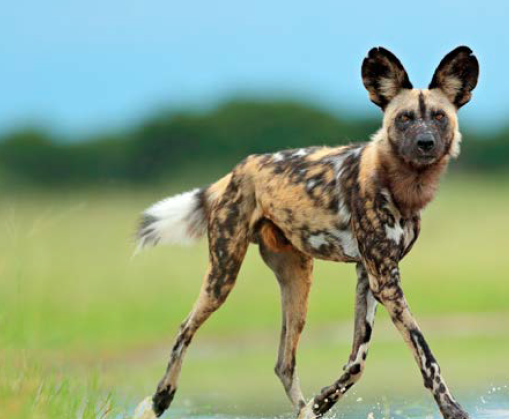
Honey badger
It might come as a surprise to hear that the honey badger is one of Kenya’s most aggressive animals. Not only do they have sharp teeth and strong, long, curved claws but, when provoked, they release a foul reeking discharge. Even Kenya’s famed big cats and bold hyenas give them a wide berth. Usually nocturnal, they’re occasionally seen at dawn or dusk. Omnivorous, they feed on everything from insects to fish, reptiles to eggs, and fruit to small mammals. They are black, with a white mantle along their back, and are found in a wide range of habitats including open savannah, forests and mountainous regions.
Wild dog
While these animals don’t look dissimilar to your friendly household pet, their characters are polar opposites. Also known as the painted dog or hunting dog, they hunt in packs, running their prey down until it’s exhausted then ripping it apart. They roam across huge areas of as much as 2,000km2. Highly social creatures, they communicate through a variety of sounds including twitters, hoots and barks. Their preferred food is the smaller gazelles and antelopes although they have been known to take down zebras and wildebeest. They have splotched coats of golden, brown and white and, unlike other dog species, only four toes.
Black rhino
These huge prehistoric-looking animals were probably named to differentiate them from the more common white rhino – which in its turn was named for the Dutch word weit, meaning wide. More suitable names would be wide-lipped rhino and hook-lipped rhino. Despite the widespread belief to the contrary that has led to them being severely poached, rhino’s horns aren’t aphrodisiacs but composed of keratin like people’s fingernails. They use their horns to defend themselves and to dig for salt and water. Unlike the more gregarious white rhinos, black rhinos are solitary. Browsers, they feed on leaves, branches, herbs and shrubs, and can live without water for up to five days.
Crested porcupine
Africa’s largest rodent, the porcupine has strong curved claws and black-and-white quills with barbed tips. Although they’re erroneously believed to be able to shoot their quills, in fact, when challenged, they charge backwards and embed their quills into their opponent. The high-pitched noise they emit when alarmed isn’t a shriek but the rattle of its quills – they also stamp their feet and raise their crest when distressed. As well as plants, roots, bulbs, fruit and tree bark, they eat meat and gnaw bones. Porcupines are nocturnal, and live in a range of habitats including savannah, riverine and mountainous regions.
Tamara Britten, 24 February 2021
Published also in: The Link: Safarilink's inflight magazine
About the region
Amboseli
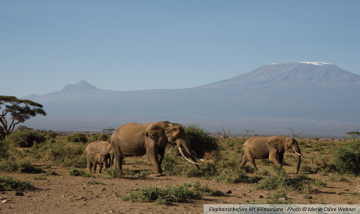
The huge herds of elephant that roam through Amboseli National Park have made it a centre for elephant research. The park also hosts a wide variety of other wildlife and over 600 species of birds. Highlights of Amboseli include Observation Hill and spectacular views of Mt Kilimanjaro.
Read more about AmboseliLaikipia
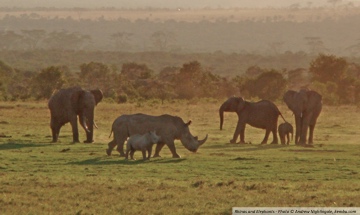
The Laikipia plateau’s magnificent escarpments, striking plains, isolated hills and cedar forests are home to ethnically diverse communities. Laikipia’s conservancies combine cattle ranching, wildlife conservation and community development, and offer a plethora of activities such as camel riding, marathon running, mountain biking, trekking and fishing.
Read more about LaikipiaMaasai Mara
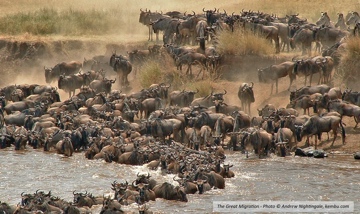
Famous around the world for its exceptional, abundant wildlife, the Maasai Mara National Reserve has become known as the Seventh Wonder of the World. Not only are all the members of safari’s Big Five found here, but over 100 other mammal species and over 450 bird species live within the reserve.
Read more about Maasai MaraSamburu, Buffalo Springs, and Shaba National Reserves
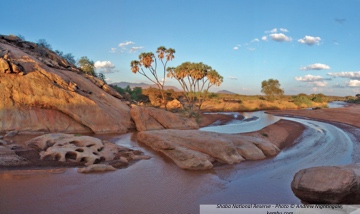
This trio of national reserves lies between the lush highlands of southern Kenya and the arid deserts in the north. It is a region of dramatic contrasts in which rare wildlife and diverse birdlife reside. The Ewaso Ngiro River, fringed with giant acacias, figs and doum palms, slices across the scorched land.
Read more about Samburu, Buffalo Springs, and Shaba National ReservesTsavo East
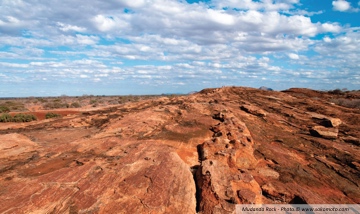
Tsavo East National Park is a vast area of arid bush through which the emerald Galana River meanders. Attractions include dust-red elephants, Aruba Dam, Mudanda Rock, Yatta Plateau and Lugard Falls. The park became known as the site where the infamous Man Eaters of Tsavo presided over their reign of terror.
Read more about Tsavo EastTsavo West
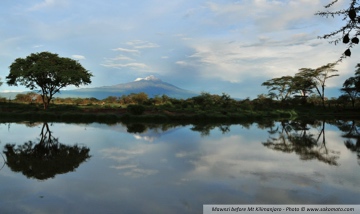
Tsavo West National Park has a diverse array of habitats, including open grasslands, rocky outcrops, isolated hills, riverine vegetation, palm thickets and mountain forests. Highlights include Mzima Springs, Ngulia Rhino Sanctuary, Lake Jipe, Shetani Caves and spectacular views of Mt Kilimanjaro. Over 600 species of birds have been recorded here.
Read more about Tsavo West